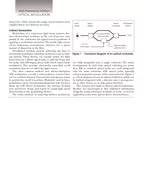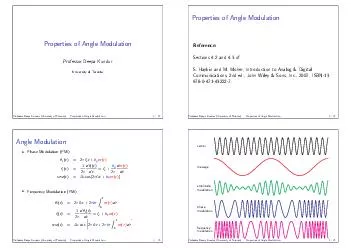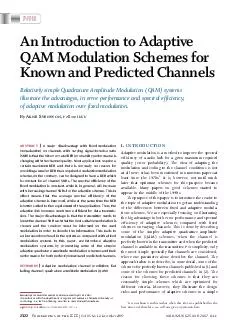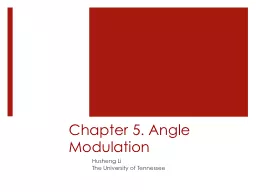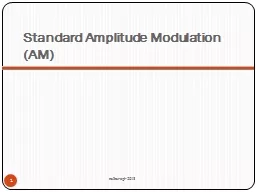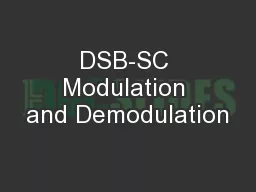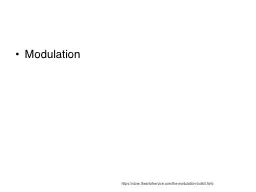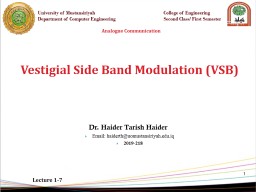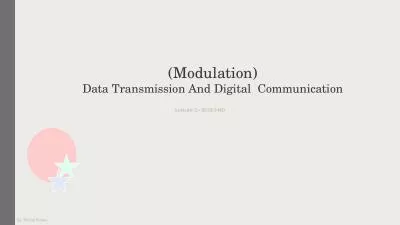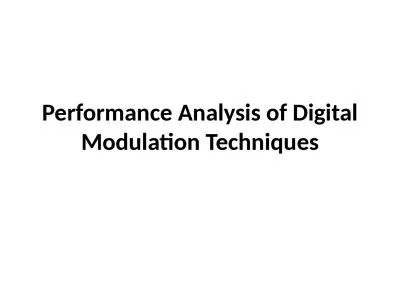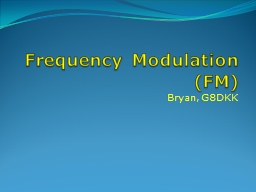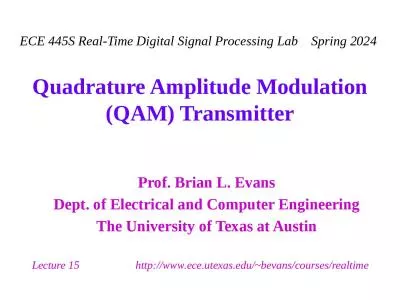PPT-Modulation Techniques
Author : phoebe-click | Published Date : 2017-05-19
1 Introduction A digital signal is superior to an analog signal because it is more robust to noise and can easily be recovered corrected and amplified For this reason
Presentation Embed Code
Download Presentation
Download Presentation The PPT/PDF document "Modulation Techniques" is the property of its rightful owner. Permission is granted to download and print the materials on this website for personal, non-commercial use only, and to display it on your personal computer provided you do not modify the materials and that you retain all copyright notices contained in the materials. By downloading content from our website, you accept the terms of this agreement.
Modulation Techniques: Transcript
Download Rules Of Document
"Modulation Techniques"The content belongs to its owner. You may download and print it for personal use, without modification, and keep all copyright notices. By downloading, you agree to these terms.
Related Documents


